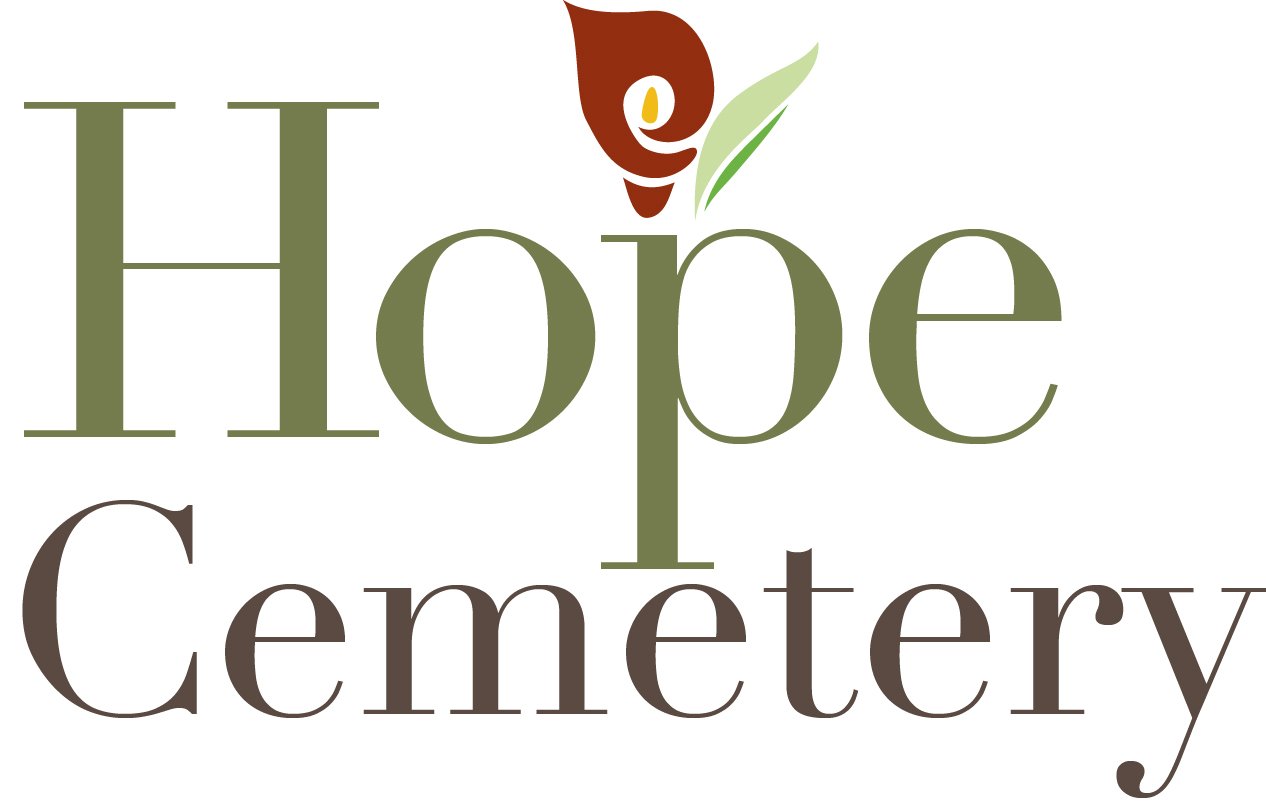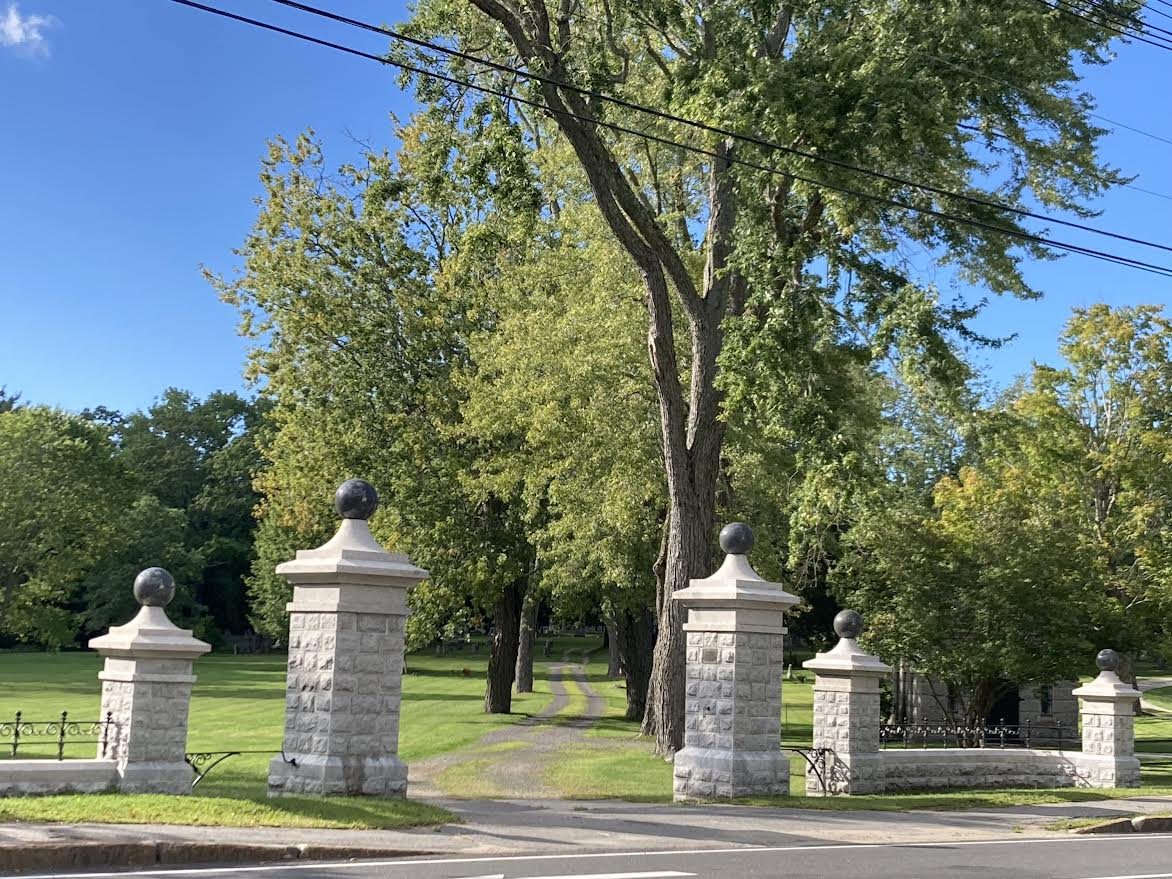
HOPE CEMETERY
History
Hope Cemetery began in 1790 as a small burying ground owned by John Low and abutting the First Parish Church. It has evolved into the present day 100-acre rural, garden-style setting through the generosity of abutting landowners who donated or sold farmland and woodland to the cemetery corporation.
The first person buried in the Old Church Yard was Colonel Joseph Storer’s widow, Hannah March Storer, who died in February 1790. The Colonel had commanded a regiment in the Revolutionary War and died at Albany Oct 23, 1777 at the age of 51. Colonel Storer had previously donated the lot on which the First Parish Church now stands.
In 1816 local citizens organized the Kennebunk Burial Ground when they purchased ¾ of an acre of land including the burial ground from John Low. This section is now called the Old Church Yard or Old Cemetery.
An additional six acres were purchased and in 1854 a corporation was formed with the first lots being sold that year. Those signing the corporation petition were W.L. Thompson, F.M. Thompson, Natl L. Thompson, Chas. Thompson, George Wise, Wm. Lord, Geo. W. Bourne, and Edw. W. Morton.
The cemetery was developed in seven parts including the Old Church Yard northeast of the First Parish Church (now the First Parish Unitarian Universalist Church). The next area built was the Main Yard, Division I, a simple modified elliptical design with rows of graves marked in the center by a picturesque focal point. Within this are graves of Littlefields, Perkinses, Cobbys, Lords and Curtises.
The Main Yard, Division II, added in the later 1800s, is the most picturesque portion of the cemetery. Both Divisions were developed in the garden style, popular at the time of development. The garden style landscaping is noted for its park-like settings with curving paths and specifically placed plantings. In Division II exists a large focal point in the shape of a flower with graves of four of the Parsons family forming the petals of the flower. This is surrounded by curving lanes and specially chosen plantings.
Sections A, B, and C were laid out next. Section A with its straight rows of graves complements the Main Yard, Division I. Section B followed the general design of Division II with curving paths and distinctively chosen plantings. It has two focal points, both triangular shaped plots. Graves of members of the Ward and Parsons families lie in the triangles. As the century progressed the graves were laid out in straight row which make up about half of Section B. Section C was also laid out in straight rows with the largest single focal point in the cemetery being a rectangular shaped piece of land containing more of the Parson family’s graves. The most recent section developed is Hillside with young trees and straight lines. It abuts a wildflower meadow and woods.
The current welcoming entrance of granite columns capped with marble balls and a decorative iron fence replaced earlier wooden gates in 1904. Hartley Lord gave the new entrance as a memorial to his wife Julia who died in 1902. Lord, a successful Boston and Kennebunk businessman, was born in Kennebunk in 1825 on the day Lafayette visited Kennebunk. Close to the main entrance lies the Cemetery’s receiving tomb built in 1905, replacing an earlier one constructed in 1863.
In 1951 An Act to Ratify and Confirm The Incorporation of Hope Cemetery Corporation, of Kennebunk, the county of York, was passed by the Ninety Fifth Maine Legislature. This was necessary since according to the Act some of the records of incorporation, particularly those between 1854-1873 had been lost presumably because of fire. Also, in 1854, the year of incorporation, there was no statutory provision for recording the incorporation in any office of public record.
In 1952 a small cape-style office and storage building was built. It continues to be the cemetery office. An additional maintenance building was built at a later time to store large equipment. From the time of incorporation in 1854 until 1894 Edward W. Morton served as the administrator of the cemetery. From 1894 until the 1950s the administrative duties were performed by a series of different people at their places of business. Since then, a paid cemetery superintendent has overseen the daily operations of the cemetery with input from the Board of Directors.
Burial Database
Hope Cemetery has a database of all registered burials which may be helpful to those doing genealogical or historical research. In addition, a mapping project is underway to link burial information with the grave location.

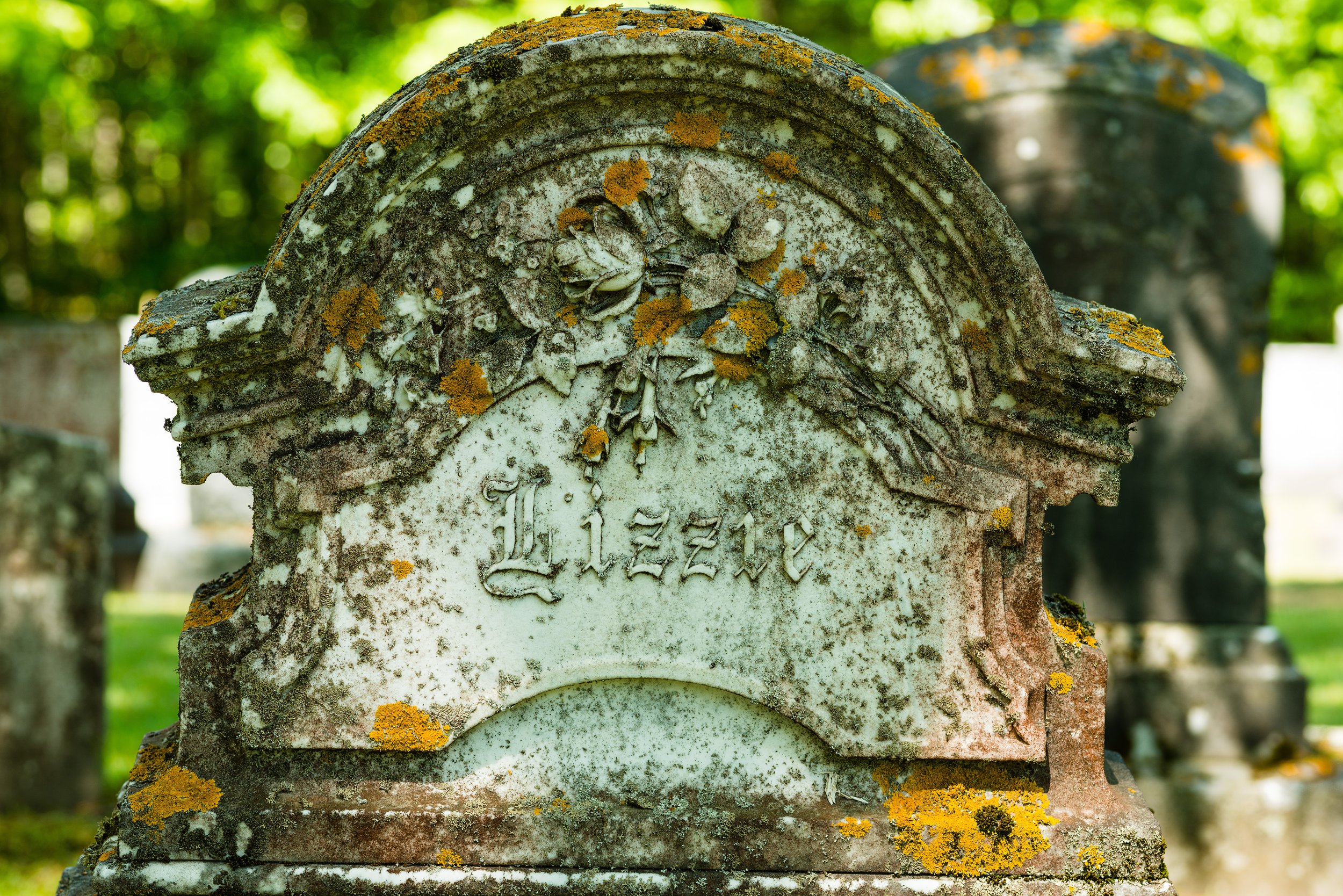
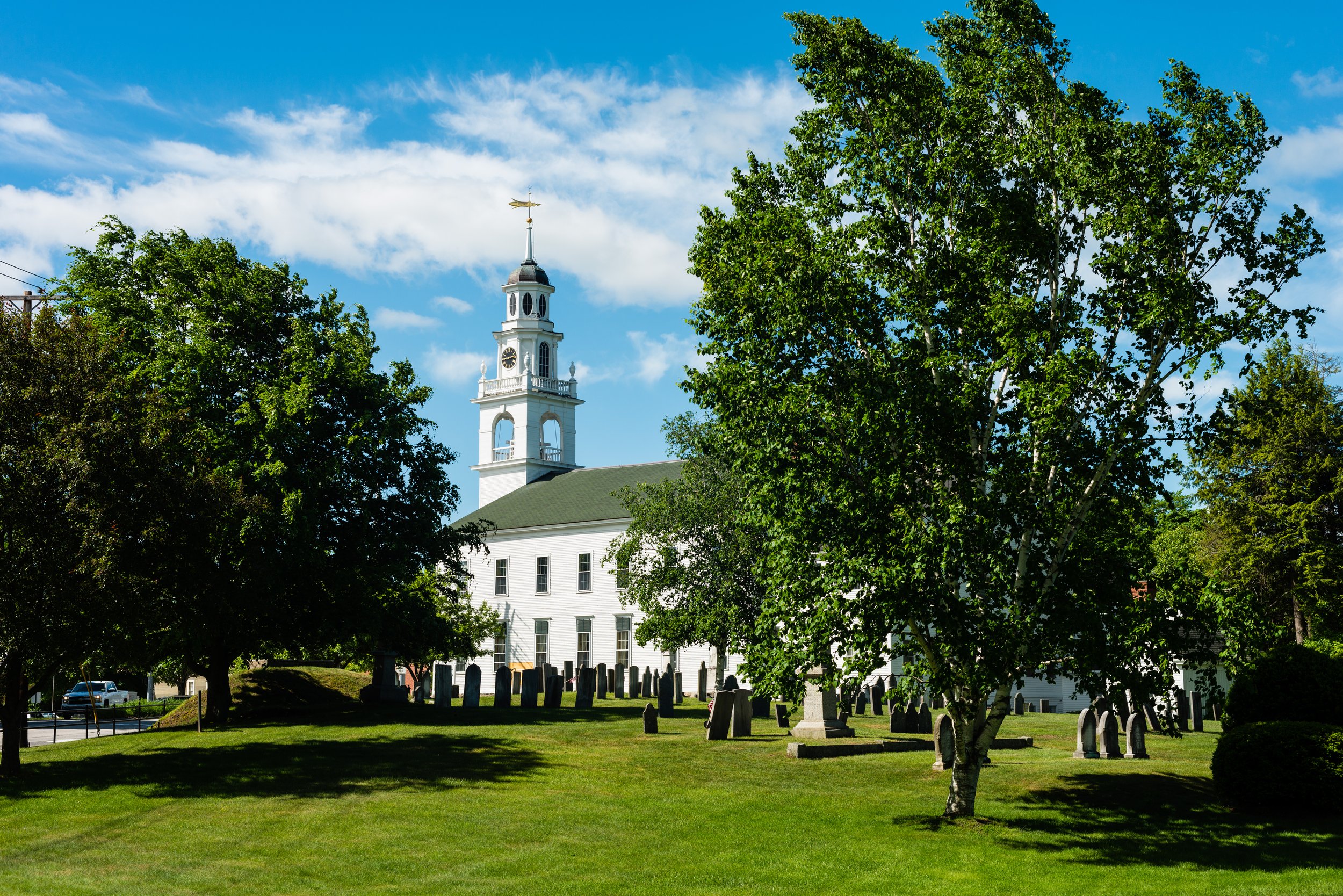

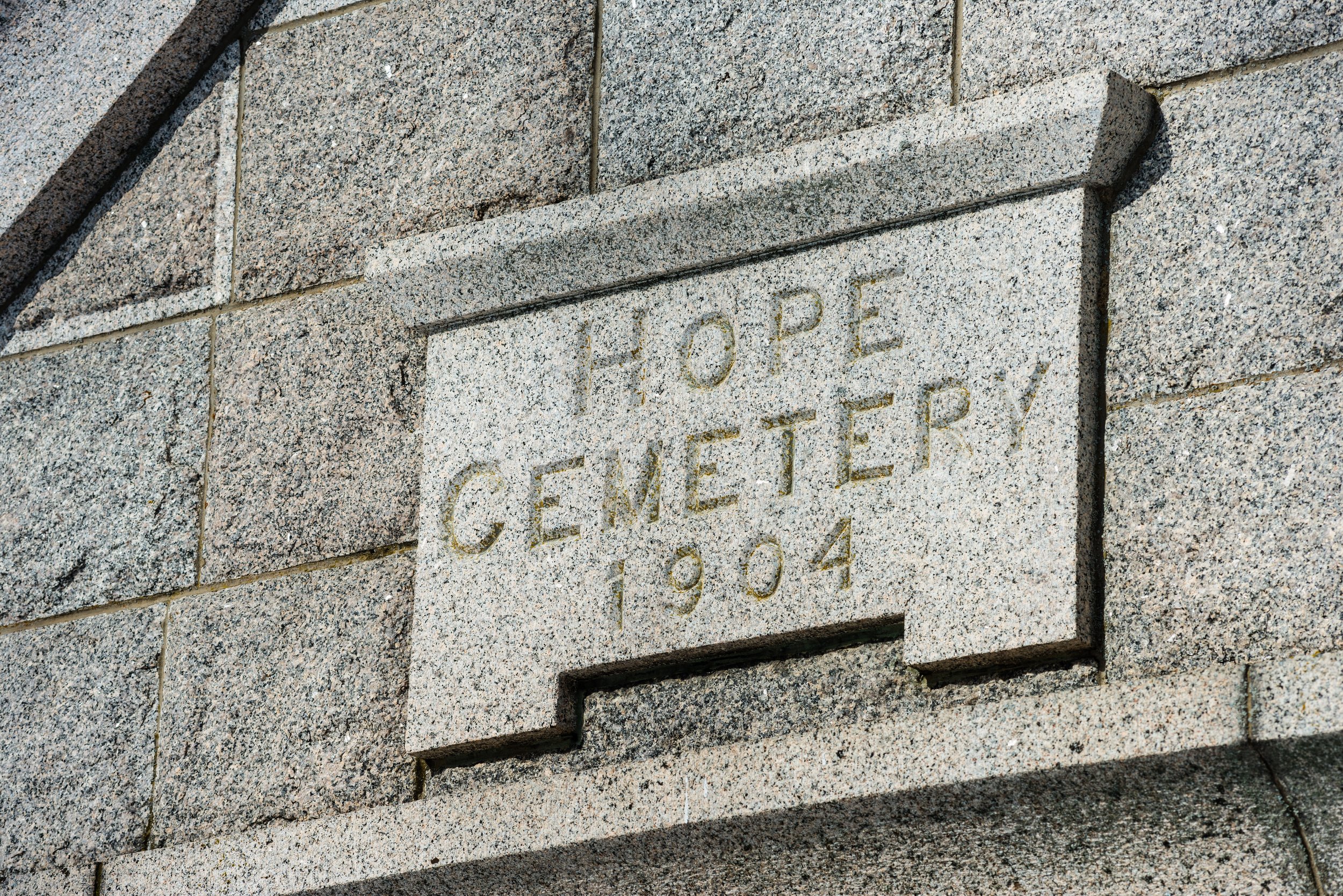

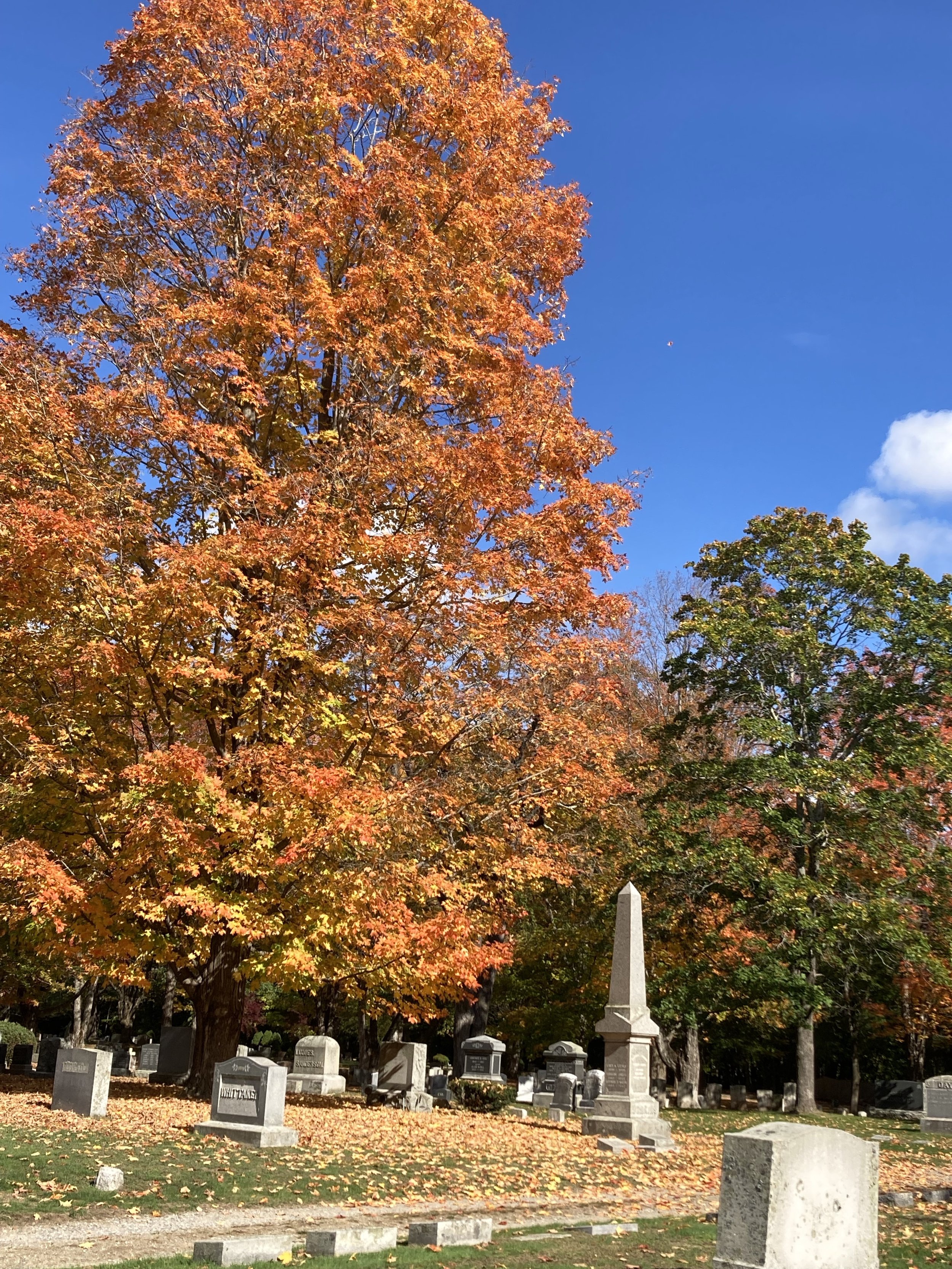
Additional historical information about Hope Cemetery is available in the archives of The Brick Store Museum (https://brickstoremuseum.org). Please call 207-985-4802 to schedule a research appointment.
